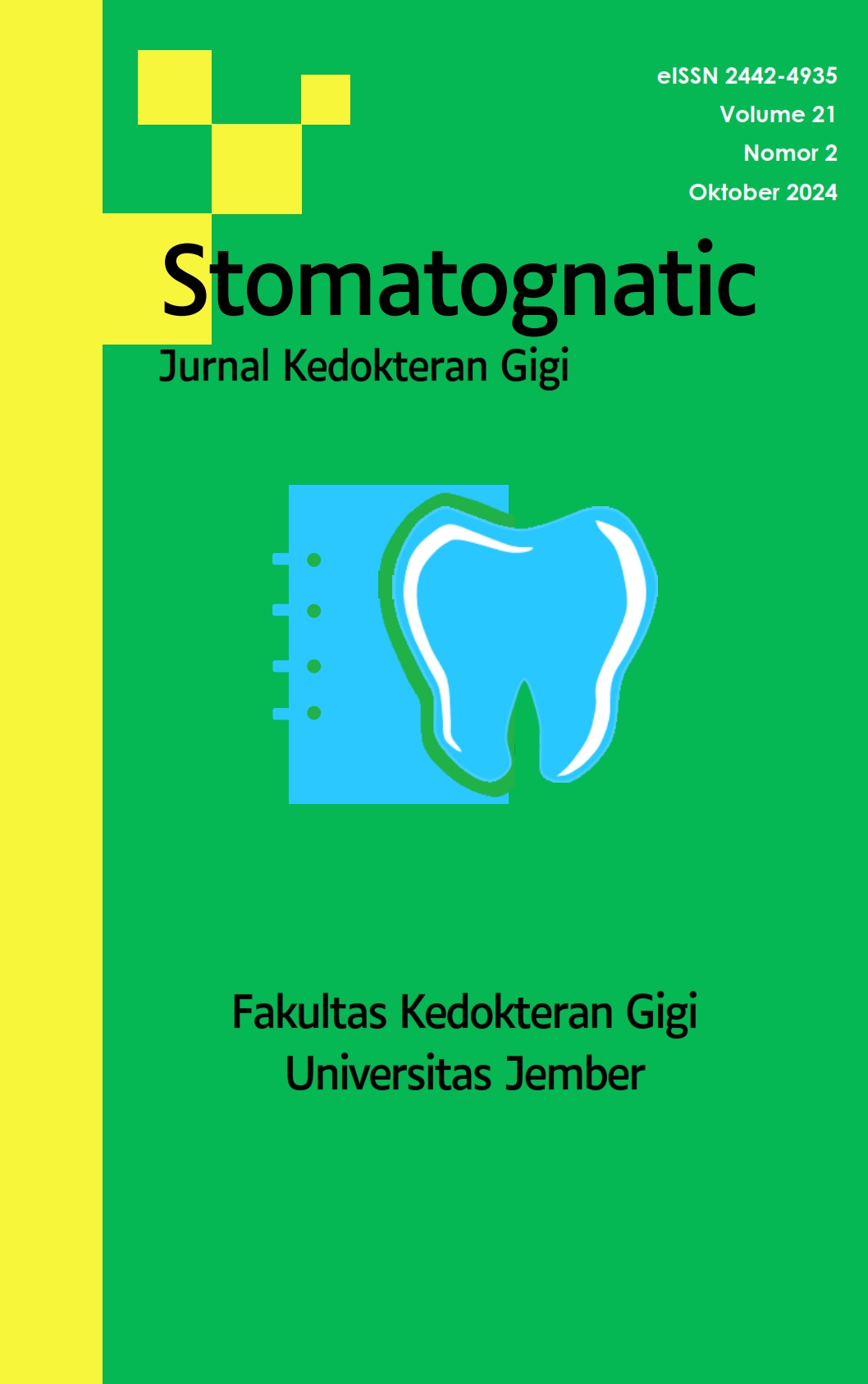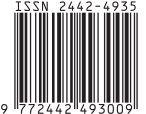Rekam Medis Manual Dan Digital Sebagai Data Ante Mortem: Studi Kasus Bencana Masal
Abstract
Implementation of PMK No. 24 of 2022 concerning Electronic Medical Records has been followed up by PB PDGI by preparing the PB PDGI Electronic Medical Record (EMR) application which is connected to the Satu Sehat application from the Indonesian Ministry of Health. This is a breakthrough that is highly valuable in the field of forensic odontology, particularly in the tooth identification procedure. The procedure of identifying teeth involves comparing medical information collected from a dentist or hospital with dental data gathered while examining the body. Complete patient medical record data acquired from the dentist provides accurate information in the identification procedure. During the autopsy, the victim was found to have many tooth fillings. Amalgam fillings were found on teeth 25, 44, 46, and 47; while tooth-colored fillings were found on teeth 15, 16, 17, 24, 26, 27, 28, and several other teeth. Based on the radiograph, it was found that there was root canal treatment on tooth 26. The AM Team conducted information-digging through the victim's closest family to find out the victim's dentist during his lifetime. The dentist who had treated the victim was then voluntarily handed over all of the victim's medical records which had been kept for almost 12 years. The identification process was carried out by comparing data from both the dentist and the corpse. The team was able to successfully identify the victim using the medical record from the dentist by comparing it with the corpse. Medical record data, both physical and electronic, must be stored as long as possible as it plays a vital role as an AM data in the identification process.








